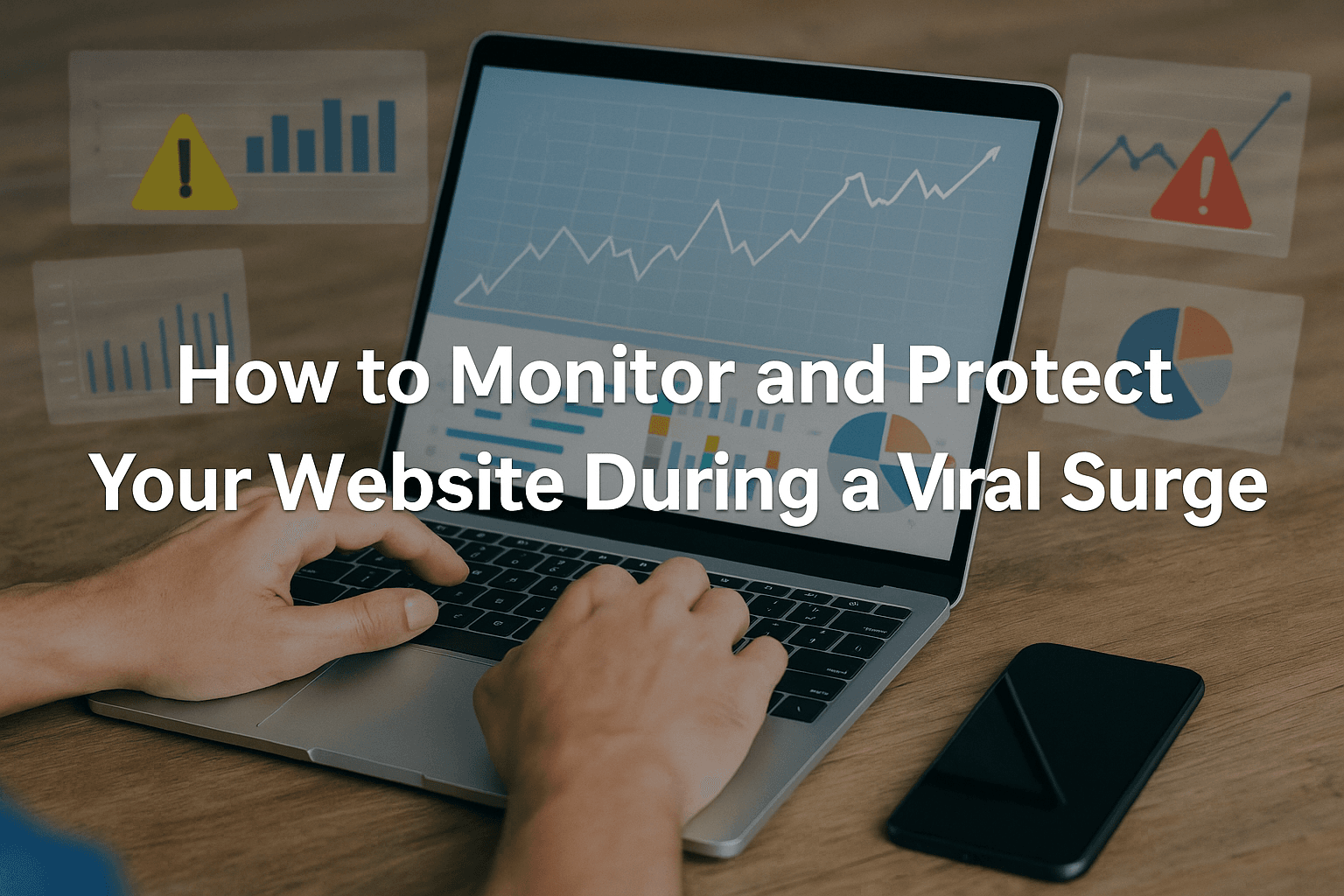The most dangerous traffic spikes are those you didn’t see coming. Viral moments rarely follow a schedule — and they don’t wait for your infrastructure to catch up.
What Triggers a Viral Traffic Spike Unexpectedly
Viral spikes often start with unpredictable catalysts: a tweet from an influencer, a Reddit thread gaining traction, a sudden mention in media, or even a user-generated video. This kind of influencer traffic or social burst can create thousands of concurrent sessions in minutes.
For websites that aren’t architected to scale rapidly, such a flood causes delays, errors, and eventually outages — especially when the back-end wasn’t expecting anything out of the ordinary.
Why Traditional Monitoring Fails Under Sudden Load
Legacy monitoring tools are typically built around fixed thresholds and periodic checks. These approaches are too slow and rigid when the situation requires agility. Static alerts often trigger too late or not at all, while anomalies go undetected because the system lacks behavioral context.
In contrast, modern systems need to recognize monitoring anomalies that emerge from unusual surges in sessions, memory usage, or queue depth — and react in real time.
Comparison: Traditional vs. Scalable Monitoring
| Factor |
Traditional Monitoring |
Scalable Monitoring Solutions |
| Detection Method |
Static thresholds |
Behavior-based anomaly detection |
| Alert Timing |
Delayed (minutes) |
Real-time (seconds) |
| Flexibility |
Rigid rules |
Adaptive to dynamic traffic patterns |
| Load Handling |
Centralized agents |
Distributed, redundant infrastructure |
| Visibility |
Snapshot-based |
Continuous, streaming insights |
